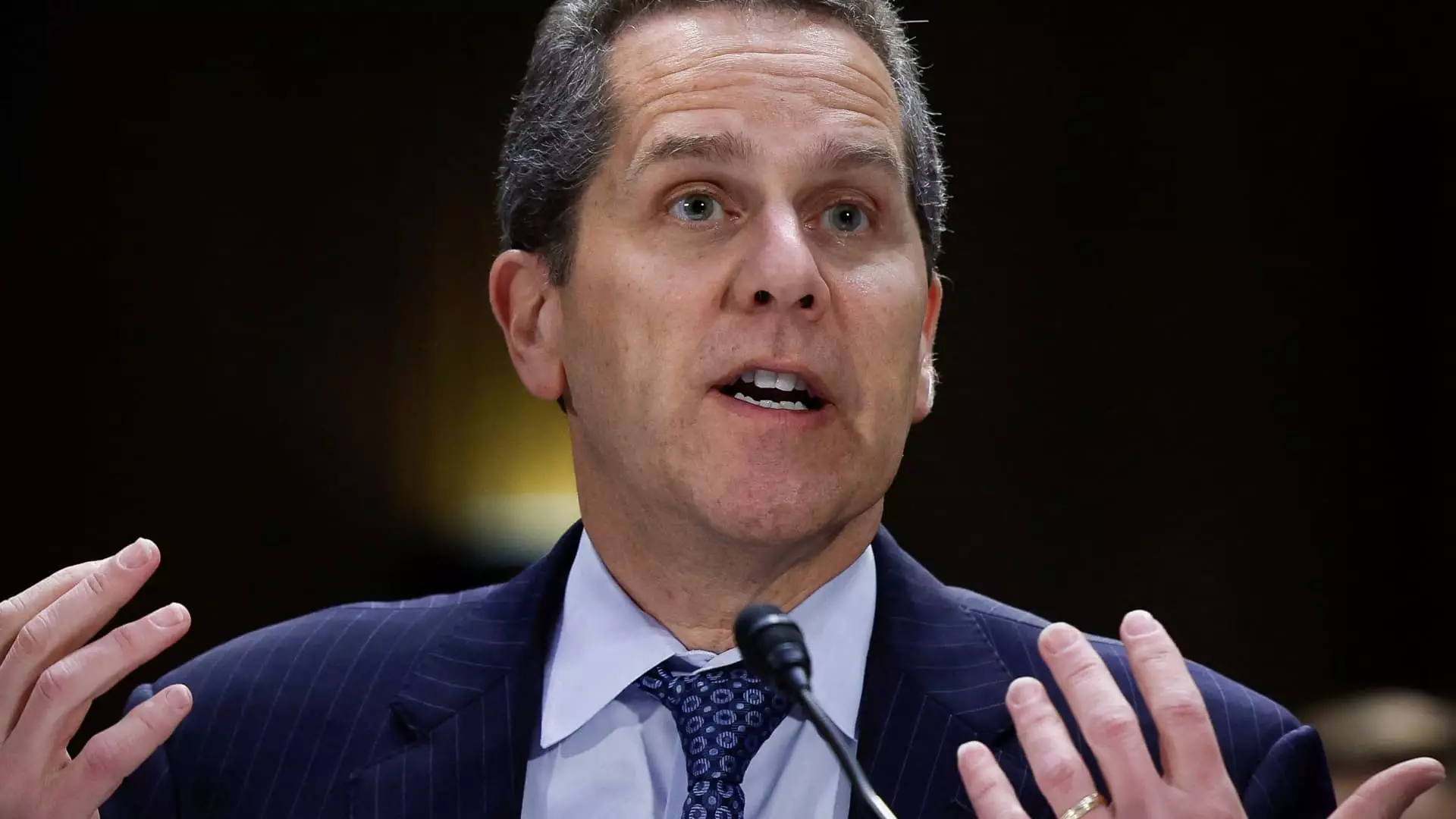Recently, a top Federal Reserve official announced significant changes to a proposed set of U.S. banking regulations that would impact the capital requirements for the largest financial institutions in the country. The original proposal, known as the Basel Endgame, aimed to increase capital requirements for major banks by approximately 19%. However, following feedback from various stakeholders, the Federal Reserve, the Office of the Comptroller of the Currency, and the Federal Deposit Insurance Corp. have decided to revise the proposal and reduce the capital increase to 9%.
The decision to lower the capital requirements for big banks was influenced by input from banks, business groups, lawmakers, and others regarding the potential repercussions of the initial proposal. Fed Vice Chair for Supervision Michael Barr emphasized the importance of striking a balance between bolstering financial stability and avoiding constraints that could hinder lending and other banking activities. The revised proposal aims to achieve this equilibrium by revising the capital requirements for the largest institutions.
The original proposal faced opposition from industry executives, such as JPMorgan Chase CEO Jamie Dimon, who argued that the increased capital requirements could lead to higher costs for loans and potentially restrict access to credit. The decision to reduce the capital increase demonstrates that the concerns raised by industry leaders were taken into consideration during the revision process.
In addition to addressing the concerns of large banks, the revised proposal also exempts regional banks with assets ranging from $100 billion to $250 billion from certain regulatory requirements. However, these banks will still need to incorporate unrealized gains and losses on securities into their regulatory capital, which could lead to a slight increase in capital requirements over time. This adjustment aims to prevent a repeat of the failures experienced by midsized banks due to deposit runs linked to unrealized losses on bonds and loans during periods of economic volatility.
Overall, the decision to revise the U.S. banking regulations highlights the Federal Reserve’s commitment to maintaining a stable financial system while addressing the concerns of industry stakeholders. By striking a balance between enhancing safety and promoting lending activities, the revised proposal seeks to create a regulatory framework that is both robust and flexible enough to adapt to changing market conditions. The ongoing updates to the banking regulations underscore the importance of collaboration between regulators, financial institutions, and other relevant parties to ensure the effectiveness and efficiency of the regulatory framework for the banking sector.

